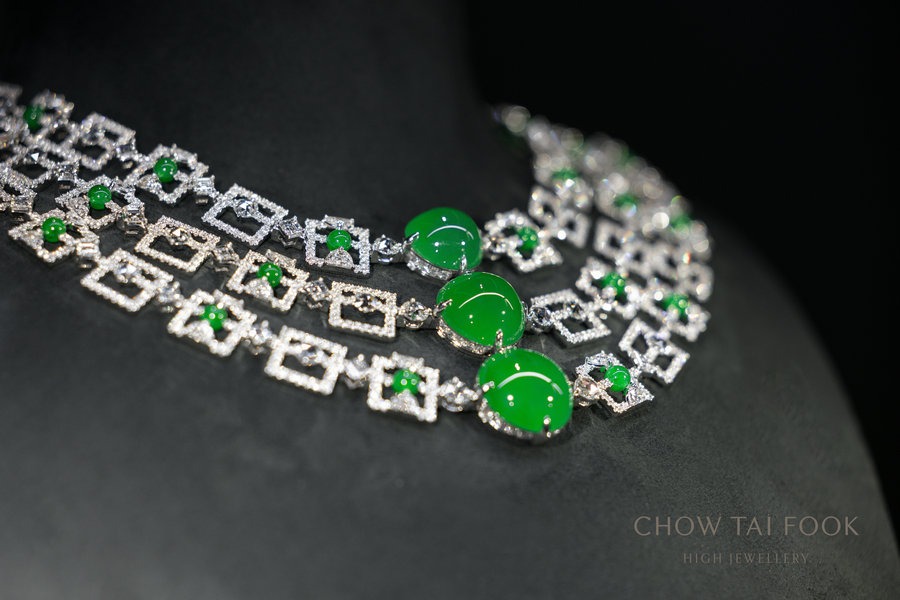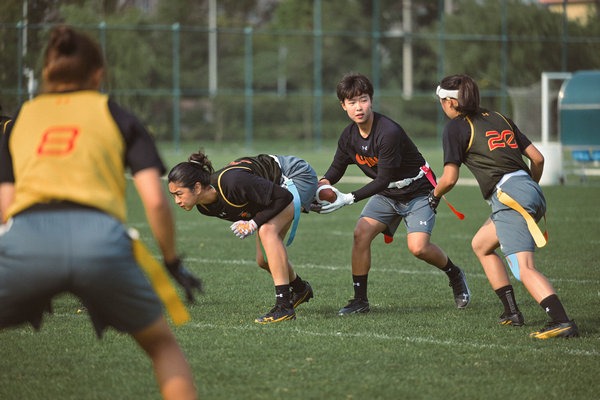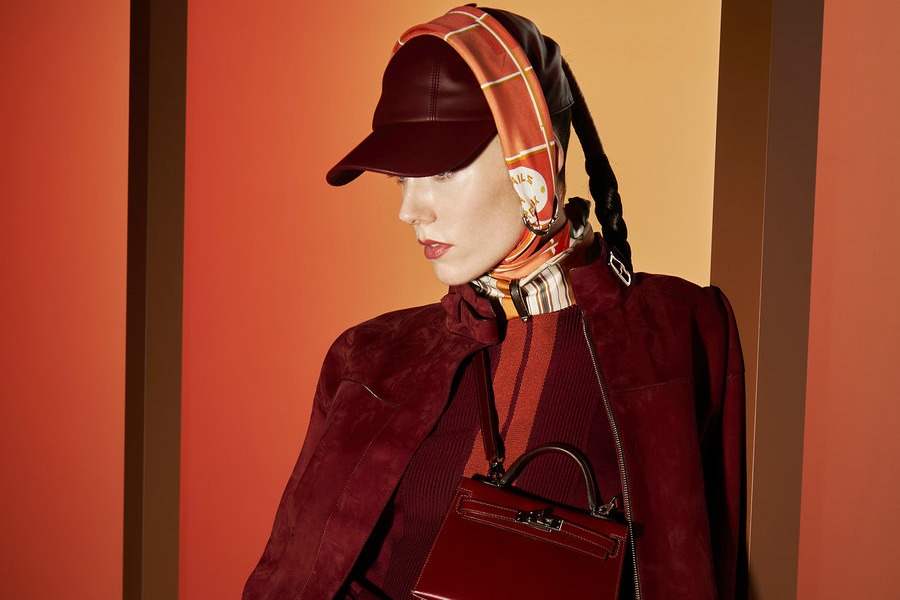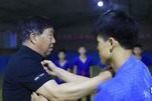The trouble with glass buildings

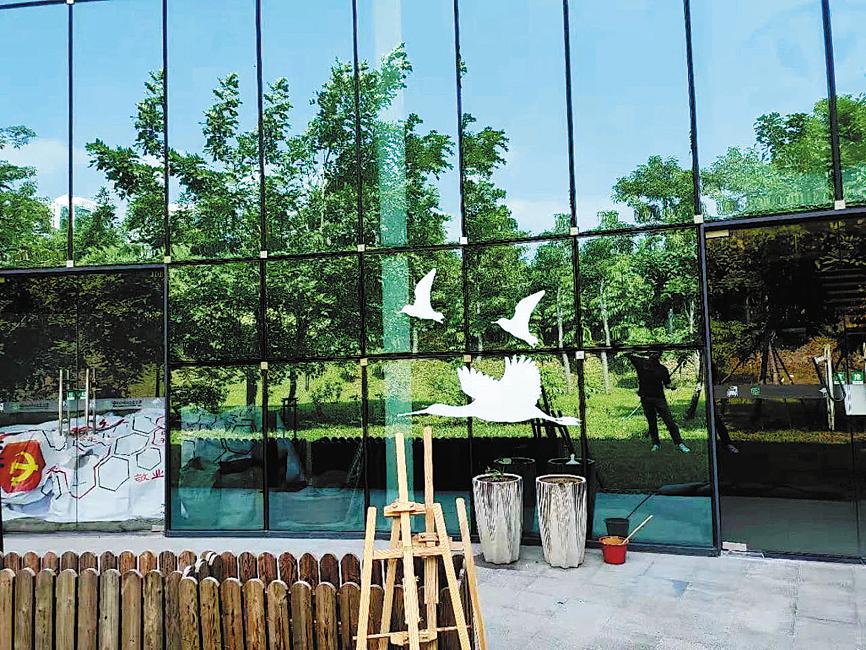
Meanwhile, an art studio has designed ultraviolet patterns for windows that can minimize bird collisions, as ultraviolet light is invisible to humans but visible to birds. This particular solution has already been applied to good effect on several buildings, and it avoids the problem of stickers obscuring people's view or harming a building's aesthetics.
Although awareness of the issue is still limited, the number of institutions seeking to implement solutions is growing.
The Cuihu National Urban Wetland Park in suburban Beijing has applied frosted film on its glass corridors to reduce reflections. At Peking University, researchers covered the glass balustrades with posters, wires and stickers after they found bird collisions.
Such efforts are part of an increasing awareness of the broader challenges faced by birds in urban areas, which both public and private bodies have been seeking to address.
Last year, Lanshan county in central China's Hunan province, which is located on a migration route, turned off certain spotlights and street lamps so that birds would not become disoriented at night.
In 2019, a property developer in Beijing, together with environmental NGOs, launched a project to protect swifts by incorporating nesting places into building designs.
These efforts in combination are doing much to improve the lot of birds in China, and the work on modifying glass on existing buildings has already proved effective in reducing collisions.

















